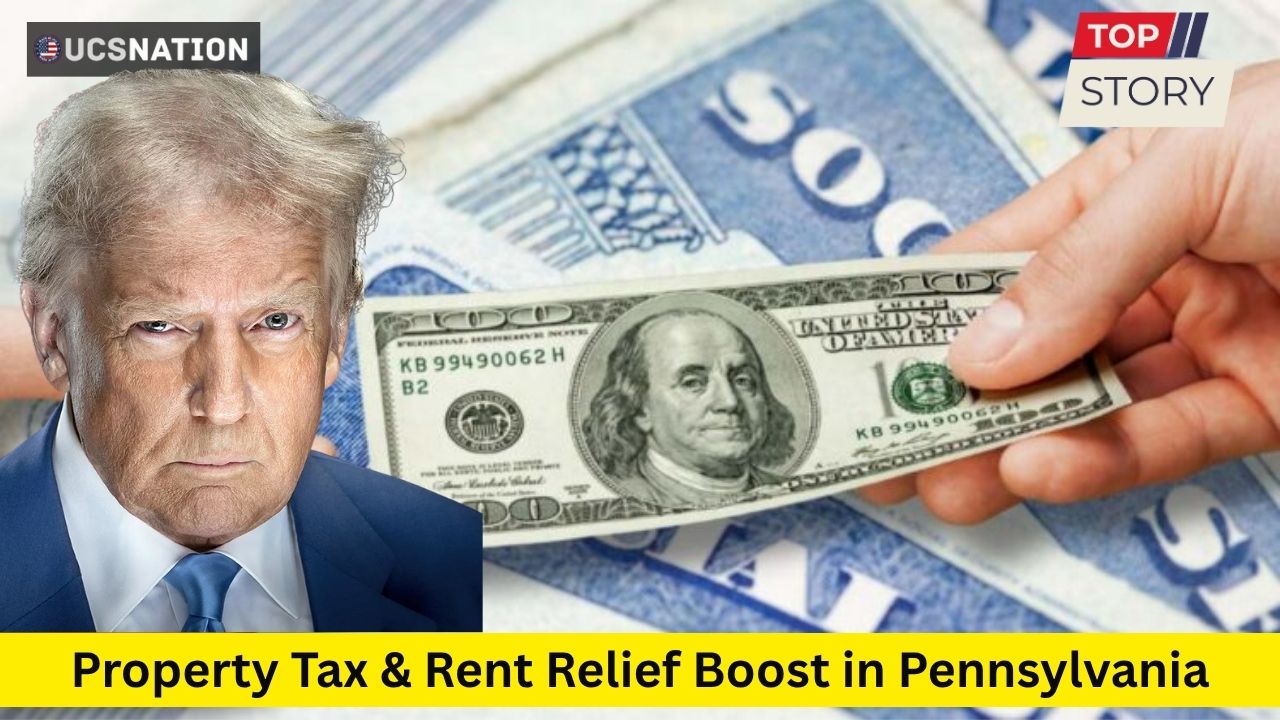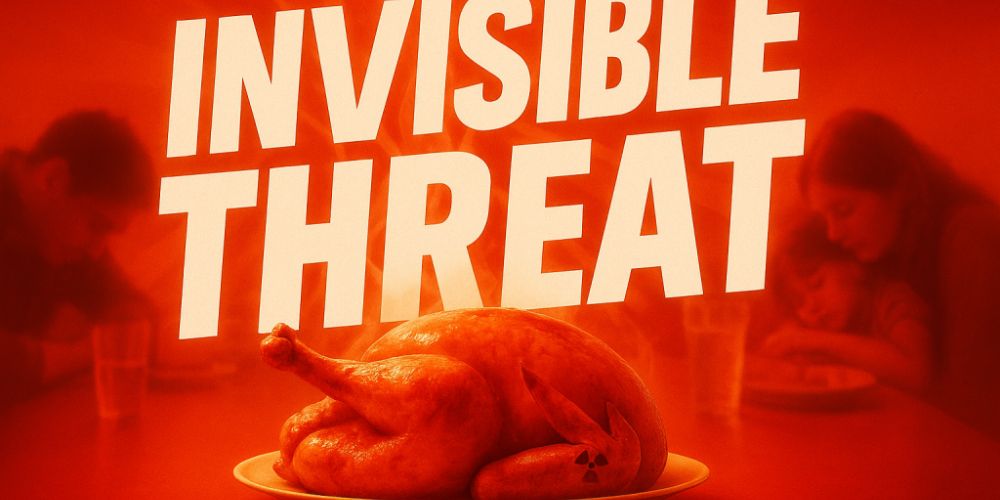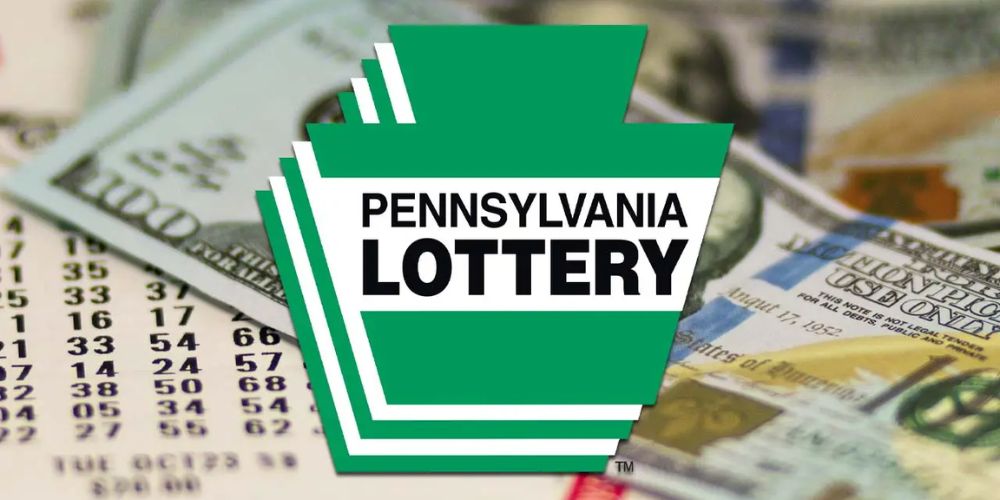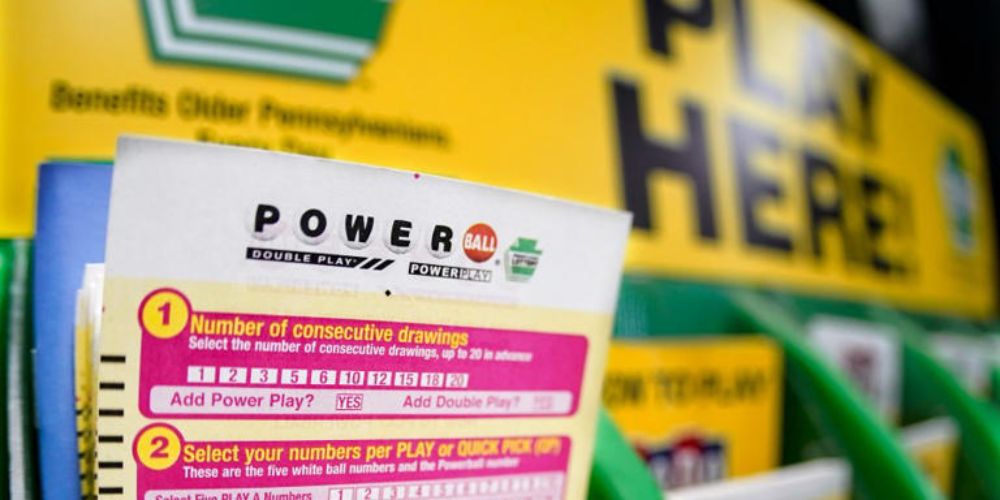In 2025, Pennsylvania has introduced significant enhancements to its Property Tax and Rent Relief programs, aimed to provide vital financial support to seniors and low-income families across the state. The boost in these programs represents a meaningful policy shift to alleviate the burden of housing costs, particularly for vulnerable residents such as older adults, widows, and those with disabilities. This comprehensive article explores the details of Pennsylvania’s 2025 property tax and rent relief initiatives, their eligibility criteria, financial benefits, and how cities such as Philadelphia, Pittsburgh, and Scranton are impacted. Additionally, it examines the importance of these programs in addressing housing affordability and improving quality of life for residents.
Background of Property Tax and Rent Relief in Pennsylvania
Since 1971, Pennsylvania’s Property Tax/Rent Rebate (PTRR) Program has been a cornerstone for helping eligible homeowners and renters recover a portion of their paid property taxes or rent. Funded by Pennsylvania Lottery revenues and gaming funds, this statewide program has continuously evolved to better meet residents’ needs, disbursing over $8.6 billion in relief to date. In 2025, the program has been expanded for the first time in nearly 20 years, with increased maximum rebate amounts and higher income eligibility limits that adjust annually to the cost of living. These changes are designed to widen access and provide a more substantial financial cushion, especially amid ongoing inflationary pressures.
Who Benefits? Eligibility and Income Limits
The PTRR program primarily serves the following groups:
-
Seniors age 65 and older
-
Widows and widowers age 50 and older
-
Individuals with disabilities age 18 and older
For the 2025 tax year, income eligibility has been significantly increased to include households earning up to $46,520 annually. Importantly, half of Social Security income is excluded from this calculation, allowing more Social Security recipients to qualify. This adjustment reflects Pennsylvania’s commitment to adapting relief to the evolving economic conditions and ensuring that fixed-income residents can still benefit.
Financial Benefits and Rebate Amounts
The 2025 program offers a maximum standard rebate of $1,000, up from the previous $650 cap, representing a 54% increase that marks considerable relief for participants. The rebate amounts are income-based, with lower-income households receiving the full $1,000 and gradual reductions for households with higher incomes (within the eligibility range). Specifically:
-
Income $0 to $8,270: $1,000 rebate
-
Income $8,271 to $15,510: $770 rebate
-
Income $15,511 to $18,610: $460 rebate
-
Income $18,611 to $46,520: $380 rebate
Supplemental rebates also provide additional relief ranging from $190 to $500 for eligible recipients living in cities with high property tax burdens such as Philadelphia, Pittsburgh, and Scranton, or for those whose property tax exceeds 15% of their income. This means qualifying households in those cities can receive up to $1,500 in total rebates, a critical boost that reflects the high housing cost burdens many face in urban centers.
City-Specific Relief Programs: Philadelphia, Pittsburgh, and Scranton
Urban centers in Pennsylvania face unique challenges with housing affordability, and the state recognizes this with targeted supplemental rebates and city-level programs.
-
Philadelphia offers a senior citizen real estate tax freeze, which prevents annual property tax increases for qualifying older adults with limited incomes, providing stability amid potential assessment hikes.
-
Pittsburgh, through Allegheny County, provides a flat 30% discount on real estate taxes for senior homeowners that can amount to a $650 annual reduction if eligibility criteria are met, including continuous property ownership and income limits.
-
Scranton has similar supplemental rebate opportunities aligned with the state program, easing the tax burden on seniors and qualifying low-income residents.
These city programs complement the statewide PTRR rebates, amplifying the local impact.
Rent Relief for Low-Income Families
Besides property tax relief for homeowners, Pennsylvania’s 2025 initiatives include rent relief programs aimed at low- and moderate-income renters struggling with housing costs.
The Emergency Rental Assistance Program (ERAP), though limited in funding and scheduled to close by September 30, 2025, prioritizes those impacted by the COVID-19 pandemic, offering rent support to tenants and landlords for those challenged by unemployment, income loss, or health crises. Eligibility generally caps at 80% of the area’s median income, providing a bridge toward housing stability for families at risk of eviction or homelessness.
The Importance of These Programs Amid Rising Housing Costs
According to recent housing profiles, Pennsylvania faces a shortage of affordable housing options, with only 40 rental homes available for every 100 extremely low-income households statewide. Many seniors and disabled individuals live on fixed incomes that do not keep pace with rising real estate taxes and rent, causing financial strain and risk of housing instability.
Programs like the PTRR and ERAP are vital tools that reduce financial burdens, prevent displacement, and enable older adults and low-income families to remain in their homes. By tying eligibility and rebate amounts to income and local cost-of-living factors, Pennsylvania ensures that relief efforts are targeted and impactful.
Application Process and Deadlines
For 2025, Pennsylvania extended the application deadline for the PTRR program to December 31, allowing ample time for eligible residents to apply for rebates on property taxes and rent paid during 2024.
Applicants can file electronically via the state’s myPATH system for expedited processing or submit paper forms by mail. Assistance with applications is available through state legislators’ offices and local agencies.
Impact and Future Outlook
In 2024, over 520,000 Pennsylvanians received $318 million in rebates, a record high driven by the expanded eligibility and increased benefits. Early 2025 reports indicate over $258 million distributed to more than 425,000 seniors and disabled residents, underscoring the growing reach and effectiveness of the program.
Legislators and officials have expressed commitment to continuing adjustments tied to inflation and cost of living to keep these programs both accessible and adequate.
Conclusion
The 2025 boost to Pennsylvania’s Property Tax and Rent Relief programs marks a decisive step in supporting seniors and low-income families facing housing cost challenges. By raising income limits, increasing rebate amounts, and incorporating city-specific supplements, the state is striving for equitable relief that reflects current economic realities. These programs not only ease immediate financial pressures but also contribute to long-term housing stability and quality of life for Pennsylvania’s vulnerable populations. Eligible residents are encouraged to apply promptly and take advantage of this critical assistance.
This statewide initiative, combined with local efforts in cities like Philadelphia, Pittsburgh, and Scranton, represents a robust commitment to housing affordability and the welfare of Pennsylvania’s seniors and low-income households in 2025 and beyond.














Leave a Reply